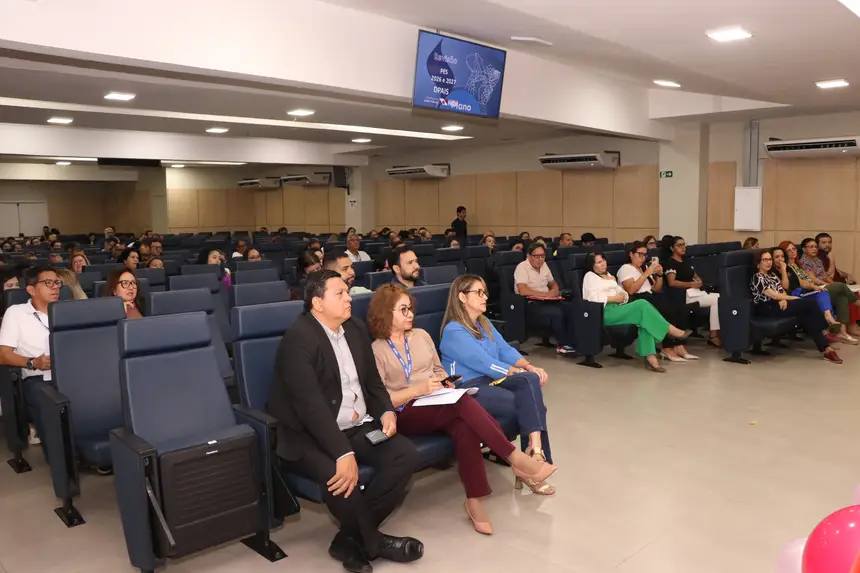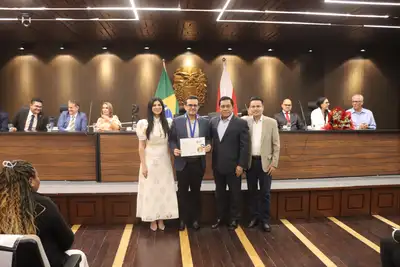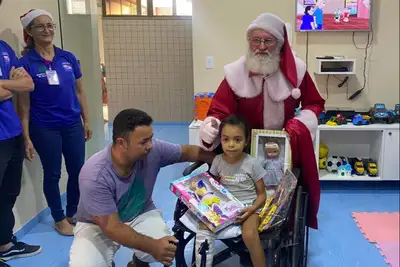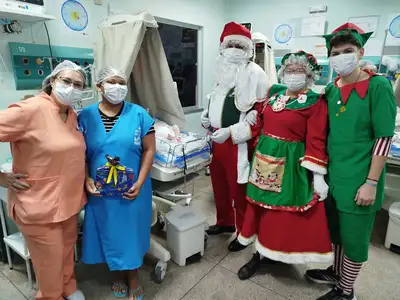Sespa begins review of the State Health Plan and Multiannual Plan 2024-2027
The workshop aims to ensure that planning translates, in practice, into more efficient health services to meet the demands of the 144 municipalities in Pará.
The State Department of Public Health (Sespa) began on Tuesday (13) the Workshop for the Review of the State Health Plan (PES), simultaneous to the review of the Multiannual Plan (PPA) 2024-2027, focusing on the Biennium 2026-2027. The program continues until Wednesday (14), in the Sespa auditorium in Belém, with the aim of promoting the continuous improvement of planning, execution, regionalization, monitoring, and evaluation processes of the management and planning instruments of the Unified Health System (SUS) and government.

Among the specific objectives are "to make qualitative and quantitative adjustments to the attributes of the PES and PPA, identified from the evaluation process of the 2024 exercise," as well as to discuss attributes of the PES and the Health Program in the PPA – their goals and indicators for 2026 and 2027, and to strengthen the Regional Health Centers (CRS) in improving support to municipalities.
Efficiency - According to the coordinator of the Health Information and Planning Center (Nisplan), Sonia Bahia, the initiative seeks, above all, to ensure that planning ceases to be merely a technical formality and translates, in practice, into more efficient health services, with quality and sufficient reach to meet the real demands of the populations of the 144 municipalities in Pará.
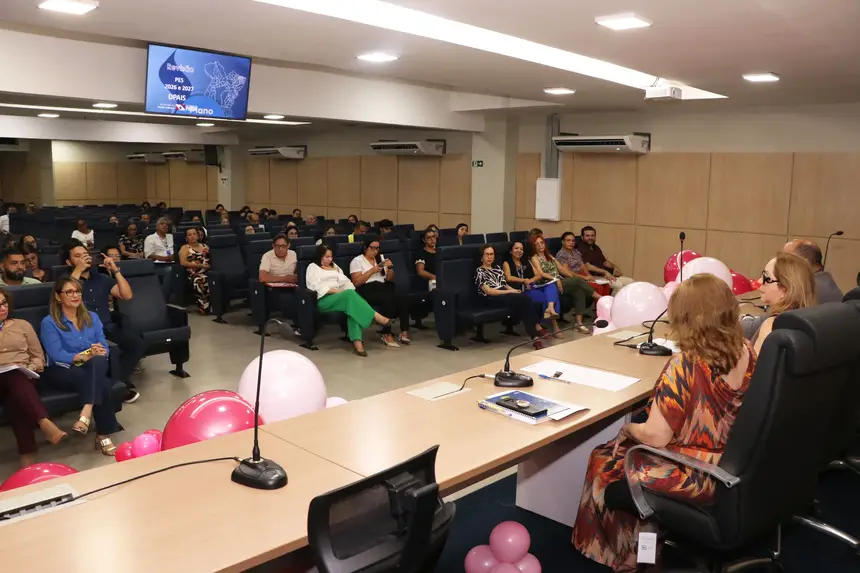
"More than meeting a legal requirement, the PES represents an essential guide for the management of SUS, establishing guidelines, objectives, and 69 goals that will guide the actions of the Health Policy, coordinated by Sespa throughout the State, in alignment with the PPA 2024-2027, as a governmental planning instrument sensitive to the demands of society," emphasized Sonia Bahia.
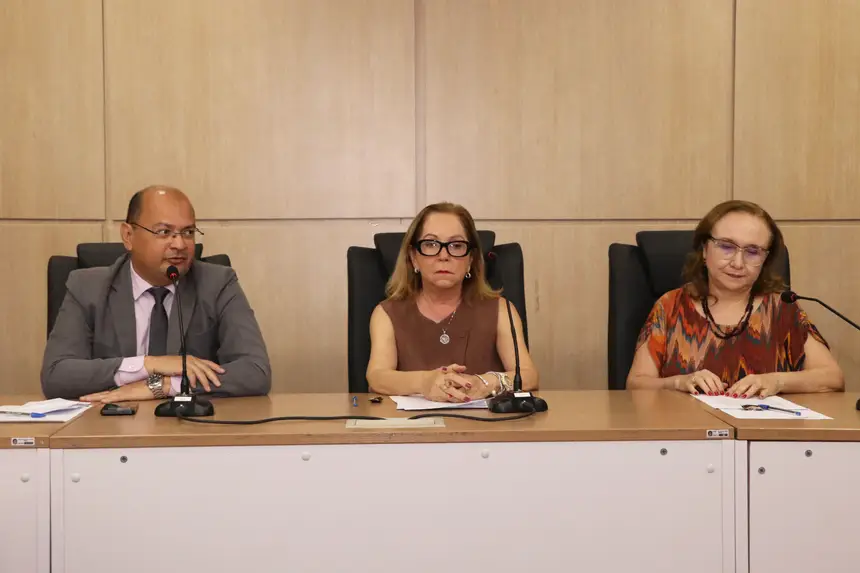
Scenario in 2026 - On the first day of the workshop, the Secretary of State for Public Health, Ivete Vaz, highlighted that the goal is to clarify the scenario experienced in 2024. "In light of this, analyze and understand the actions that have been carried out, in addition to already projecting for 2026 the developments of what is being developed in 2025," said the head of Sespa.
According to Ivete Vaz, the work is being conducted by the Health Information and Planning Center (Nisplan) of Sespa, with the effective participation of technical areas, based on the 2024 exercise, and should indicate which goals, indicators, and parameters need to be reviewed or adjusted, justifying the need for changes to both planning and management instruments of SUS and Government (PES and PPA).
From this analysis, it will be possible to reflect on the effectiveness of the implemented actions, extract relevant learnings, and identify opportunities for improvement in planning and execution processes for the next two years.


